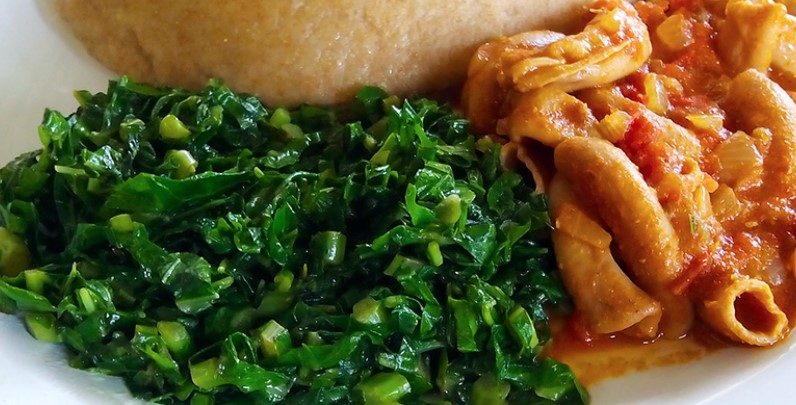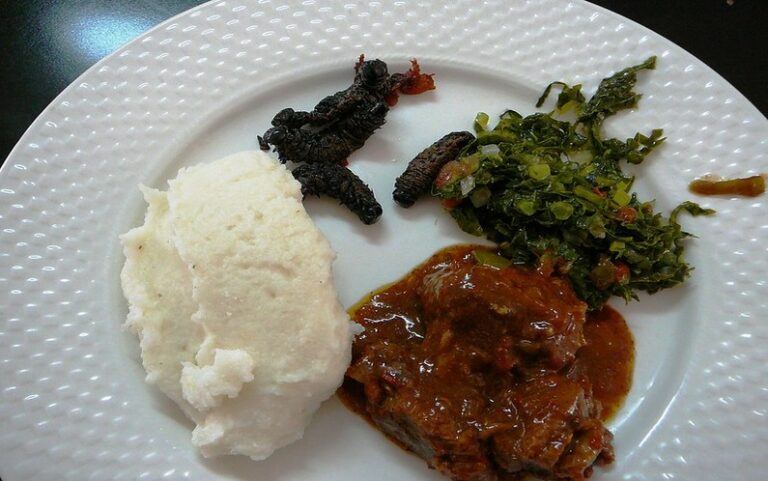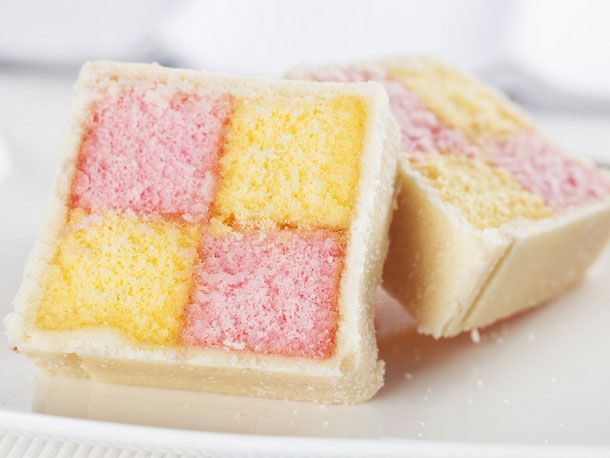Introduction: Understanding Zimbabwean Cuisine
Zimbabwean cuisine is a rich blend of flavors and ingredients, reflecting the country’s diverse cultural heritage and history. It is a fusion of traditional African recipes and European influences that have emerged over many centuries. Zimbabwean cuisine is characterized by a mix of grains, vegetables, meats, and spices that are cooked in a variety of ways, including boiling, frying, and grilling.
The Origins of British Colonialism in Zimbabwe
The British arrived in Zimbabwe in the late 19th century, marking the beginning of a long period of colonial rule that lasted until independence in 1980. The British brought with them a new way of life, including their food, which had a significant impact on Zimbabwean cuisine. The introduction of new ingredients, cooking techniques, and recipes from the British influenced the way Zimbabweans cooked and ate.
How British Occupation Affected Zimbabwean Food
During the colonial period, the British introduced new crops, such as maize and wheat, which became a staple in Zimbabwean diets. The British also introduced a variety of meat dishes, such as beef and lamb, which were not commonly eaten by Zimbabweans. They also introduced dairy products, including milk and cheese, which became an integral part of Zimbabwean cuisine.
The British also brought with them new cooking techniques, such as baking, frying, and roasting, which were not commonly used by Zimbabweans. They also introduced new spices and herbs, such as cinnamon, nutmeg, and thyme, which added new flavors to Zimbabwean dishes.
The Legacy of British Influence on Zimbabwean Cuisine
Today, the impact of British colonialism on Zimbabwean cuisine is evident in many traditional dishes. The use of maize, wheat, and dairy products in Zimbabwean cooking can be traced back to the British influence. Many traditional dishes, such as sadza (a maize-based porridge) and muriwo une dovi (spinach cooked with peanut butter), have been influenced by British cooking techniques and ingredients.
Popular Colonial Foods That Became Zimbabwean Staples
Some foods that were introduced by the British during the colonial period have become staples in Zimbabwean cuisine. These include tea, bread, and biscuits, which are consumed daily by many Zimbabweans. Other popular colonial foods that have become Zimbabwean staples include beef and lamb dishes, such as roast beef and lamb chops.
Contemporary Zimbabwean Cuisine: A Blend of Cultures
Today, Zimbabwean cuisine is a blend of traditional African recipes and European influences. It reflects the country’s diverse cultural heritage and history. Contemporary Zimbabwean dishes often blend traditional ingredients and cooking techniques with modern European influences. For example, Zimbabwean chefs have started to incorporate new flavors and ingredients, such as quinoa and avocado, into traditional dishes. This fusion of cultures has resulted in a unique and flavorful cuisine that is loved by many.



